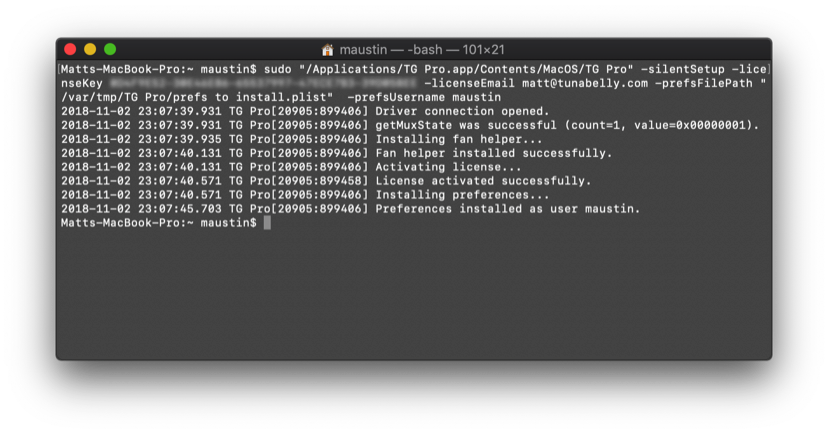

Experimental results show that the implementation is faster than the most similar previous approaches which used simpler refinement strategies. We implement this approach, with an approximate probability model, as a wrapper around an off-the-shelf SMT solver or SAT solver. We propose an approach inspired by statistical estimation to continually refine a probabilistic estimate of the model count for a formula, so that each XOR-streamlined query yields as much information as possible. Adding random parity constraints (XOR streamlining) and then checking satisfiability is an effective approximation technique, but it requires a prior hypothesis about the model count to produce useful results. In addition, the conflict diagnosis can lead to $8.89\%$ less aborted faults on average, and $0.271\%$ improvement in fault coverage rate.Īpproximate model counting for bit-vector SMT formulas (generalizing #SAT) has many applications such as probabilistic inference and quantitative information-flow security, but it is computationally difficult. With a two-stage computational flow, it has shown that the proposed CDSL can lead to $46.37\%$ less aborted faults than a one-stage structural algorithm, further with the $3.19\%$ improvement on fault coverage. It is shown that compared with the SAT-based ATPG, the proposed CDSL can on average decrease $25.6\%$ aborted faults with $94.51\%$ less run time. Extensive experimental results on industrial circuits demonstrate the effectiveness and efficiency of the proposed CDSL algorithm. (3) A conflict-based diagnosis method is further proposed in the case of low coverage debug, leading to making the aborted faults testable by relaxing or modifying some constraints on primary inputs.

(2) Conflict-driven implication and justification have been applied to increase decision accuracy and solving efficiency. The proposed CDSL algorithm is composed of three parts: (1) According to the implication graph, various conflict constraints have been learned to prune search space. In Order to address this problem, this paper proposes a conflict-driven structural learning (CDSL) ATPG algorithm firstly, in which the conflict-driven heuristic methods in modern SAT solver are implemented on the logic cone of fault propagation and activation directly. However, the high cost of transforming a circuit testing problem to a Conjunctive Normal Form (CNF) limits the application of SAT in industrial ATPG scenarios, resulting in a loss of test coverage. Due to the increasing challenges posed by the relentless rise in the design complexity of integrated circuits, Boolean Satisfiability (SAT) has emerged as a robust alternative to structural APTG techniques.


 0 kommentar(er)
0 kommentar(er)
